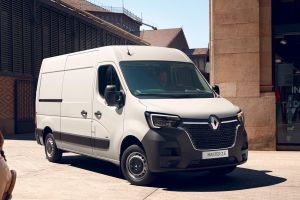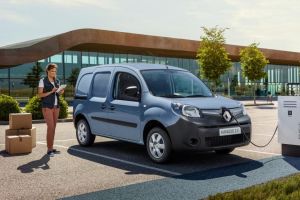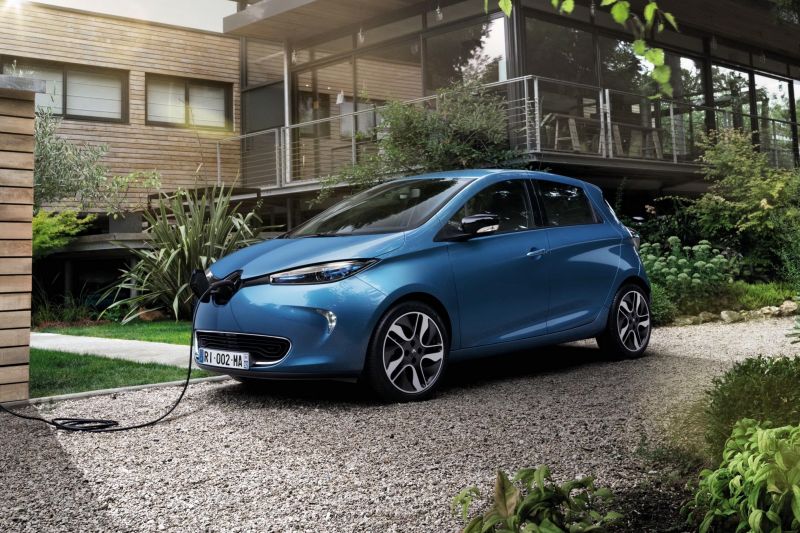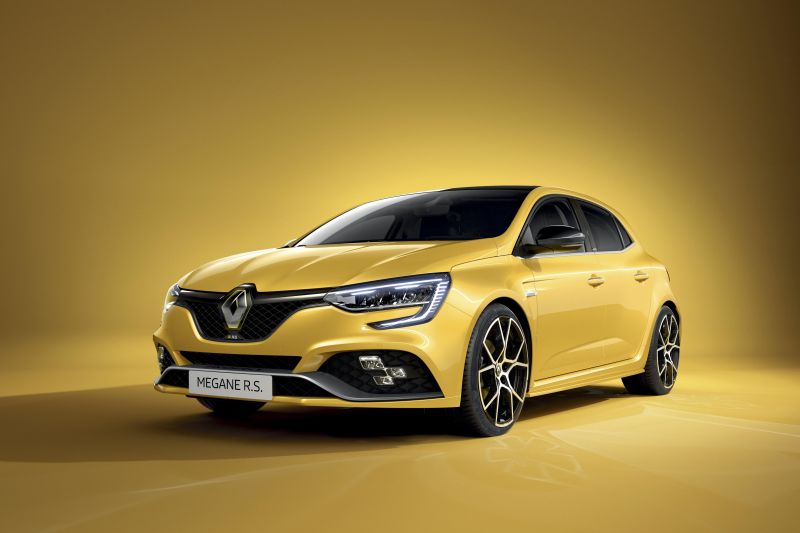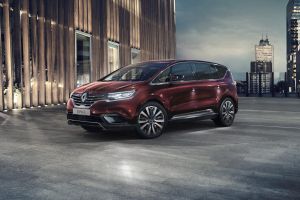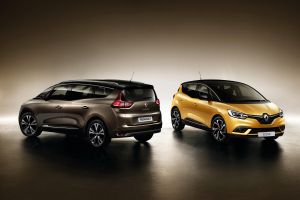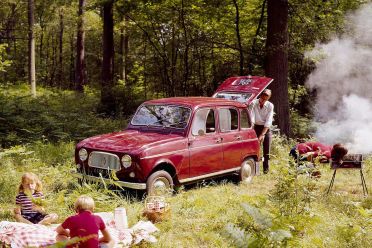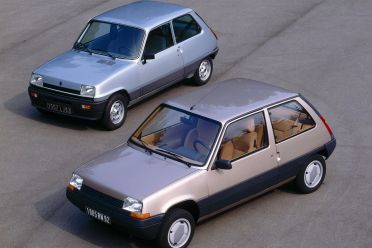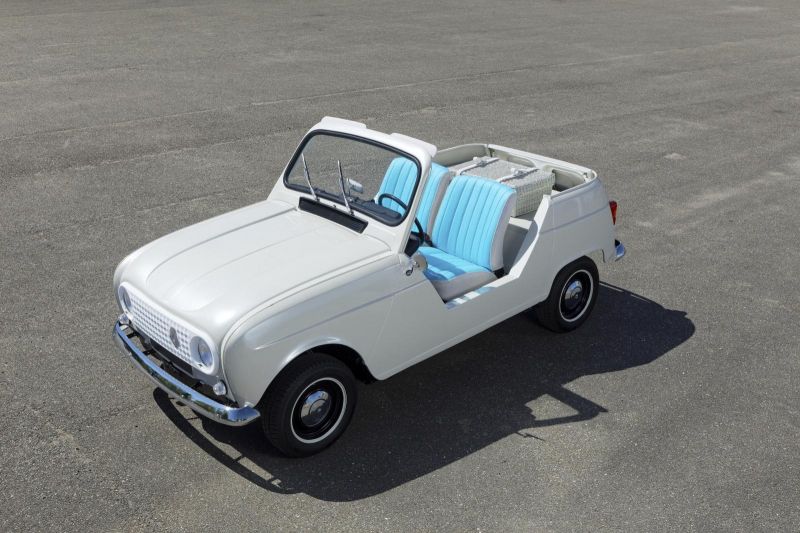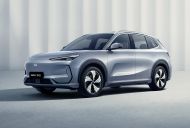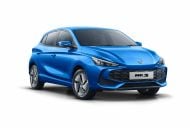Renault is tapping into its past as it looks to the future, introducing two small all-electric vehicles inspired by heritage city cars.
In addition to the two small EVs, Renault will also introduce three all-electric models for its Alpine sports car brand.
Automotive News Europe reports the electric city cars will be inspired by the Renault 4 and Renault 5, respectively.
It’s part of new Renault CEO Luca de Meo’s plan to improve sales and reposition the brand.
The Alpine name will also be extended to hot versions of existing Renault product, similar to Abarth’s relationship with Fiat or what de Meo maintained with Seat and Cupra while he was at the helm of the Spanish brands.
It’s unclear whether the three electric Alpine models will include a battery-powered version of its A110 sports car.
More information on the new models, as well as other plans for the Renault range, are expected to be revealed at the company’s strategy update this Thursday.
No details have been revealed yet about what will underpin the revived 4 and 5, though the electric Zoe’s platform appears a possibility.
By 2022, Renault plans to offer eight electric vehicles and 12 electrified vehicles. Two of the new electric vehicles are expected to be SUVs on the CMF-EV platform underpinning the Nissan Ariya.
Renault currently sells the Zoe, plus all-electric Z.E. variants of the Kangoo and Master vans and the Twizy quadricycle.
The company recorded a €7.3 billion (A$12.2 billion) loss in the first half of last year, though there was a glimmer of good news in those trying times as the Zoe supplanted the Tesla Model 3 as Europe’s best-selling EV.
That bodes well for the new 4 and 5 EVs, which could prove to be compelling rivals for other retro-looking EVs for style-conscious buyers like the Honda E and the new, all-electric Fiat 500.
Renault is seeking to find €2 billion in cost savings as it recovers from the COVID-19 pandemic, with the company indicating it wants to focus on more profitable products.
As part of the Renault-Nissan-Mitsubishi Alliance’s new working structure, one of those three brands will take the lead in a collection of markets and be referred to as the Alliance’s “reference company” there.
Renault will become the reference company in Europe, Russia, South America, North Africa, and South Korea.
The Megane will likely see another generation, with reports indicating it’ll also spawn a crossover version.
With new products incoming, Renault will reportedly make cuts elsewhere in its range including the flagship Mazda 6-rivalling Talisman sedan and wagon.
The Espace is also potentially on borrowed time. Despite having invented the European MPV segment in 1984 and being treated to a crossover-style redesign in 2014, sales figures are well down from the early 2000s.
So, too, are those of the Scenic, a once enormously popular small MPV that popularised the concept in Europe. It’s selling at less than a third what it managed in the mid-2000s as buyers flock to crossovers.
Just as the Scenic was being introduced in 1996, Renault was ending production of its R5 city car after 24 years on sale across two generations.
One of the first modern superminis, pre-dating the first Ford Fiesta and Volkswagen Polo, the front-wheel drive R5 borrowed some of its underpinnings from the 4.
The 4 had been introduced in 1961 as a response to the Citroen 2CV, which had targeted lower-income French consumers in rural areas.
The 2CV’s popularity as an urban runabout inspired Renault to introduce the 4 (and its smaller-engined 3 sibling) as a more comfortable and practical rival to the Citroen.
Much as the 2CV outlived subsequent Citroen city cars and survived until 1990, the Renault 4 continued to be manufactured in France until 1992 and until 1994 in Slovenia and Morocco.
Over eight million 4s were built and almost six million 5s.
Renault created an EV version of the original 4 for the 2019 4L Internation Festival, which it called the e-Plein Air EV. A modified version of an original 4, it featured the electric powertrain of the Twizy.
MORE: Renault news and reviews







